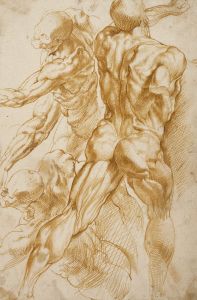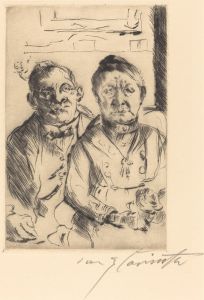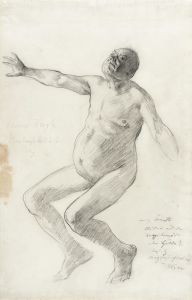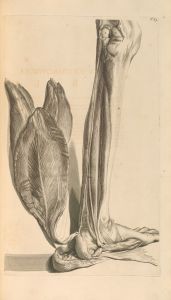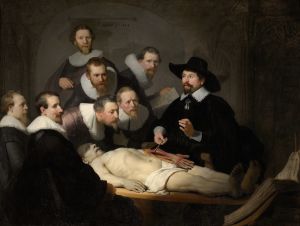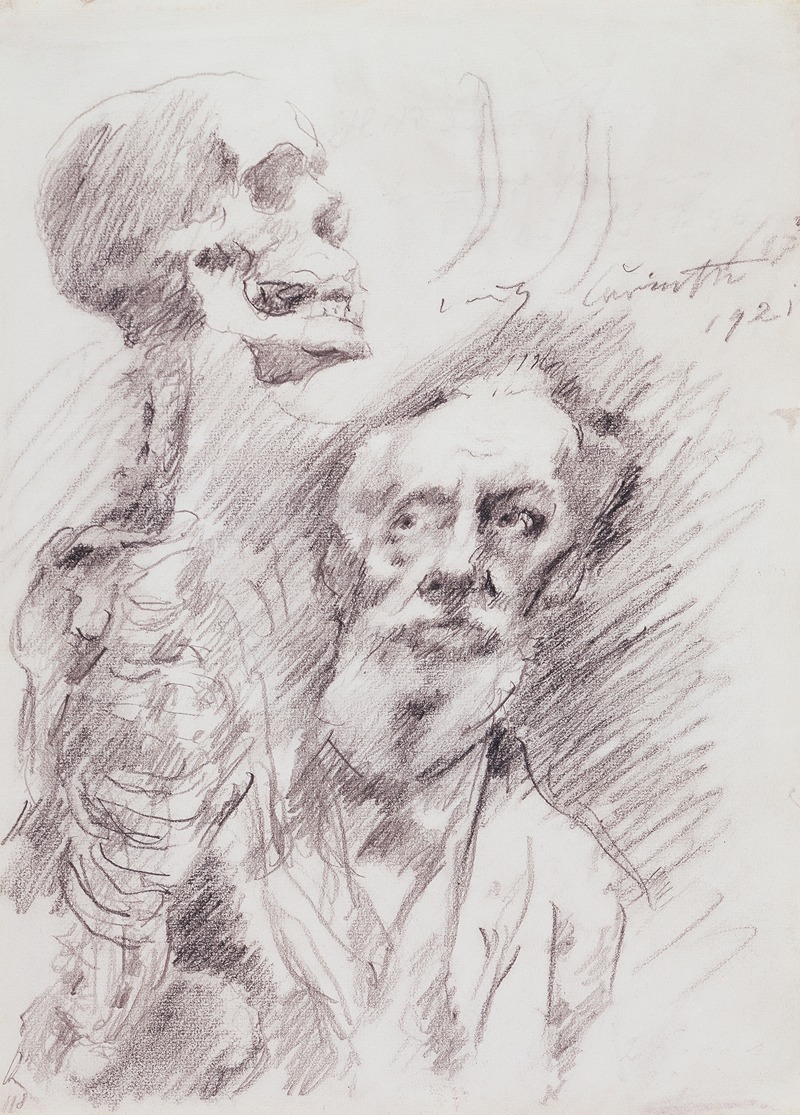
Anatomist with skelleton
A hand-painted replica of Lovis Corinth’s masterpiece Anatomist with skelleton, meticulously crafted by professional artists to capture the true essence of the original. Each piece is created with museum-quality canvas and rare mineral pigments, carefully painted by experienced artists with delicate brushstrokes and rich, layered colors to perfectly recreate the texture of the original artwork. Unlike machine-printed reproductions, this hand-painted version brings the painting to life, infused with the artist’s emotions and skill in every stroke. Whether for personal collection or home decoration, it instantly elevates the artistic atmosphere of any space.
"Anatomist with Skeleton" is a painting by the German artist Lovis Corinth, created in 1891. Corinth was a prominent figure in the German art scene, known for his contributions to the Impressionist and later Expressionist movements. His works often explored themes of human emotion, mortality, and the human condition, which are evident in this particular painting.
The painting depicts an anatomist, a scholar or scientist who studies the structure of the human body, standing beside a skeleton. The anatomist is shown in a contemplative pose, suggesting a deep engagement with his subject. The skeleton, a common symbol of death and mortality, contrasts with the living figure of the anatomist, creating a powerful visual dialogue about life, death, and the pursuit of knowledge.
Lovis Corinth's technique in "Anatomist with Skeleton" reflects his mastery of both realism and expressionism. The anatomist is rendered with meticulous detail, highlighting Corinth's skill in capturing the human form. The skeleton, while also detailed, is presented in a way that emphasizes its symbolic significance rather than just its anatomical accuracy. The use of light and shadow in the painting enhances the dramatic effect, drawing the viewer's attention to the interaction between the living and the dead.
Corinth's choice of subject matter in this painting can be seen as a reflection of the broader cultural and scientific interests of the late 19th century. During this period, there was a growing fascination with the human body, both in terms of its artistic representation and scientific study. The painting can be interpreted as a commentary on the relationship between art and science, as well as the existential questions that arise from the study of human anatomy.
"Anatomist with Skeleton" is also notable for its emotional depth. The expression on the anatomist's face suggests a range of emotions, from curiosity and concentration to perhaps a hint of melancholy. This emotional complexity is a hallmark of Corinth's work, which often delves into the psychological aspects of his subjects.
Lovis Corinth's career spanned several decades, and he produced a significant body of work that includes portraits, landscapes, and historical scenes. He was a member of the Berlin Secession, an influential group of artists who sought to challenge the conservative art establishment in Germany. Throughout his career, Corinth remained committed to exploring the human experience through his art, and "Anatomist with Skeleton" is a prime example of this commitment.
In summary, "Anatomist with Skeleton" by Lovis Corinth is a compelling work that combines technical skill with profound thematic content. It reflects the artist's interest in the human condition and his ability to convey complex emotions through his art. The painting remains an important piece in the study of late 19th-century German art and continues to be appreciated for its artistic and intellectual depth.







